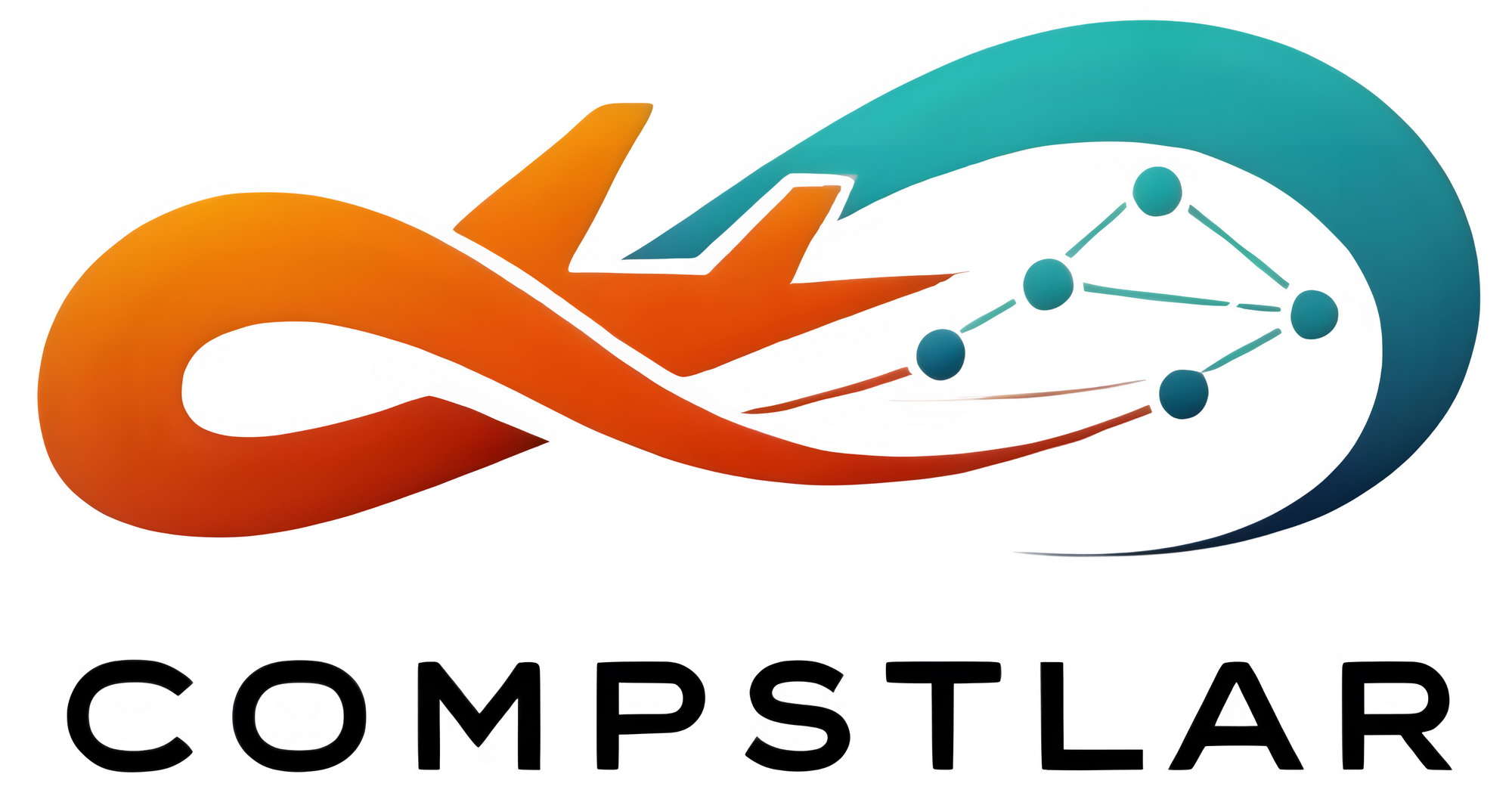Expected Outcomes
CompSTLar is poised to drive a transformative shift in the European aviation industry by pioneering innovative technologies and sustainable practices for composite aerostructures. Through cutting-edge research and digital integration, the project aims to significantly enhance manufacturing quality, operational efficiency, environmental sustainability, and supply chain collaboration: key enablers for the next generation of greener, safer, and more competitive aircraft.
Advanced Composite Technologies
Demonstrate industrial-scale manufacturing of high-performance thermoplastic composite aerostructures using recyclable, non-toxic materials. Integrate in-line inspection and quality control tools within highly automated in-situ consolidated automated tape laying (ISC-ATL) processes to ensure defect-free production. These advancements aim to digitalise and automate manufacturing, reduce environmental impact, and support the transition to low-carbon aviation materials.
Structural Health Monitoring & Assessment
Deploy a digital twin-driven Structural Health Monitoring and Assessment (SHM&A) system that enables continuous, real-time monitoring of composite aerostructures throughout their lifecycle. This system facilitates early anomaly detection, predictive maintenance, and data-informed decision making – extending component lifespan, improving operational safety, and lowering maintenance costs.
Repair and Circularity
Establish efficient and digitally guided repair protocols combined with circular economy strategies for multi-material thermoplastic composites. Develop robust material recovery processes that enable high-quality reuse of recycled composites in manufacturing, fostering a closed-loop lifecycle. These efforts aim to significantly reduce waste, minimise reliance on virgin materials, and increase sustainability within the aviation supply chain.
Interoperable Digital Infrastructure
Deliver a modular, interoperable digital pipeline that enables seamless data exchange and lifecycle management across the entire aviation supply chain, from design and manufacturing to maintenance and end-of-life recycling. This infrastructure will enhance traceability, support certification processes, facilitate collaboration among stakeholders, and enable agile integration of new technologies, paving the way for smarter, more resilient aircraft production ecosystems.
